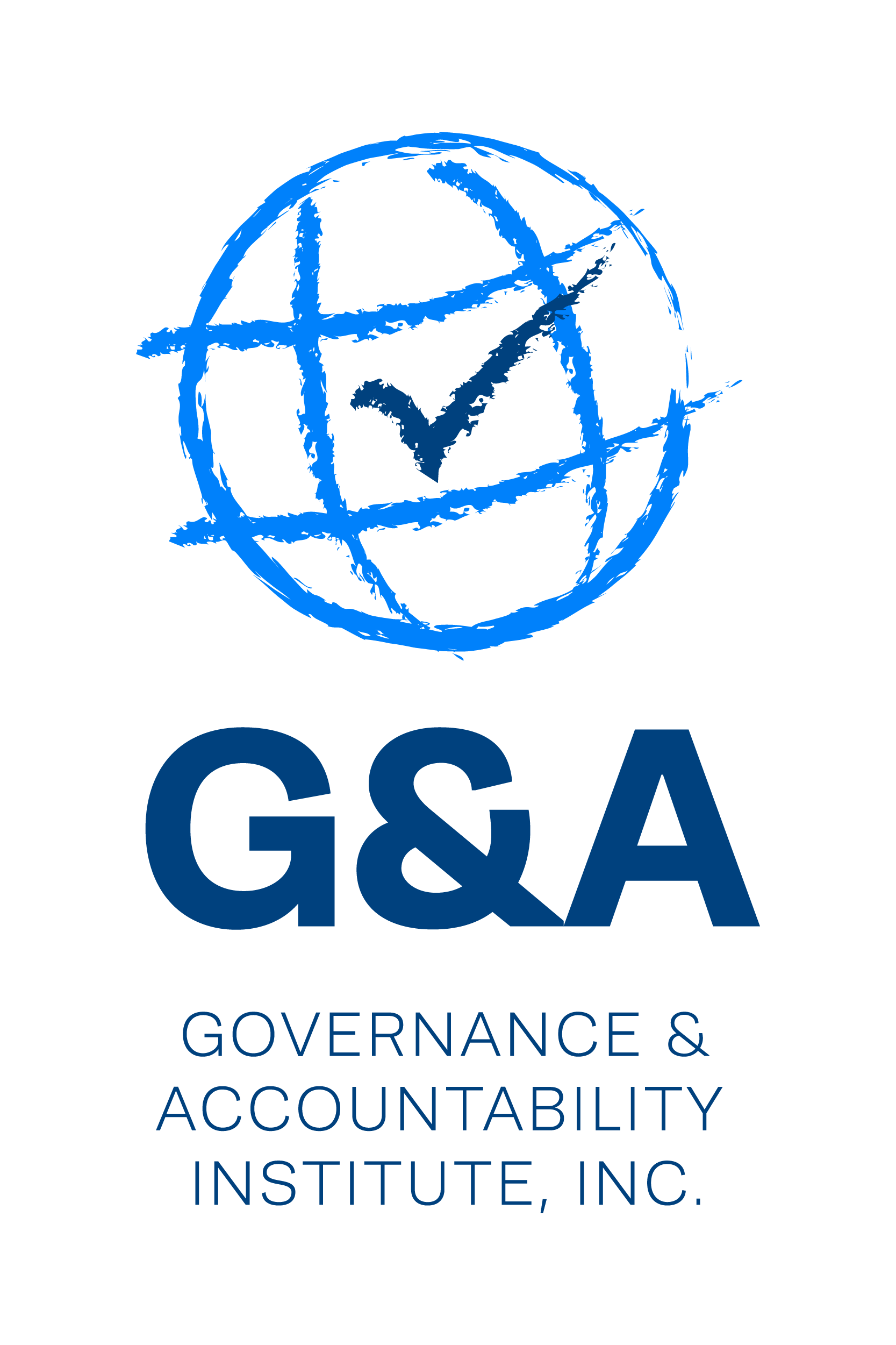“Energy” and Its Materiality in Your Enterprise Shared Perspectives From an Industry Expert
SustainabilityHQ Highlights (09.29.2016)
“Energy” and Its Materiality in Your Enterprise Shared Perspectives From an Ind…
In the pages of our newsletters over time there are many mentions of “materiality,” and how this applies (especially) in corporate sustainability, ESG, CSR and so on. “What” is material – and “how” do we report on that? American companies are devoting considerable time, attention and resources to exploring and answering the questions about materiality. The G&A Institute team is focused on the many aspects of the materiality discussion. And just today, our EVP Louis Coppola is leading a class on “materiality” at Rutgers University in our CSR Certificate Program offering in collaboration with the Rutgers Business School Institute for Ethical Leadership.
Today in the newsletter we offer a slightly different take for you on materiality -- not just in the financial sense, but how your company’s sustainability or energy strategy impacts operational and therefore financial performance. The perspectives shared are by John DuPont, P.E., LEED AP, Principal, Distributed Energy Resources, with “energy intelligence” software provider EnerNOC.
He presents his views in “The Role of Sustainability Materiality in Driving Business Value,” and asks (and answers) the question, “Is energy material to your business?” Depends, John DuPont explains, on the organization’s various impacts on the world for environmental factors like GhG emissions and energy management, as it is with other issues for other types of organizations (such as data security, privacy, labor relations, other issues).
Of real importance: In mapping sectors / industries for materiality for reporting by U.S. companies the Sustainable Accounting Standards Board (SASB) “energy” was prominent in seven of eight industry categories, he writes. These included healthcare, technology, services, manufacturing, and consumption (such as food processing). Companies in these sectors should be thinking “holistically” about energy management.
John DuPont sets out three steps to guide your company’s process moving forward: (1) establish effective internal reporting; (2) conduct a materiality analysis; (3) make sure your energy strategy includes all stakeholders. These are explained in the commentary. Among his suggestions: If energy is one of your material business drivers, it’s important to develop your energy strategy with C-suite and cross-functional accountability to enable high-quality decision-making. (Too often, he says, responsibility for energy is delegated too far down – making it seem “less material” in the process.)
Author John DuPont’s employer, EnerNOC, serves clients in manufacturing, commercial real estate, healthcare, and other sectors. The author’s commentary was published on the Clean Technica web platform and is our Top Story for you this week.

